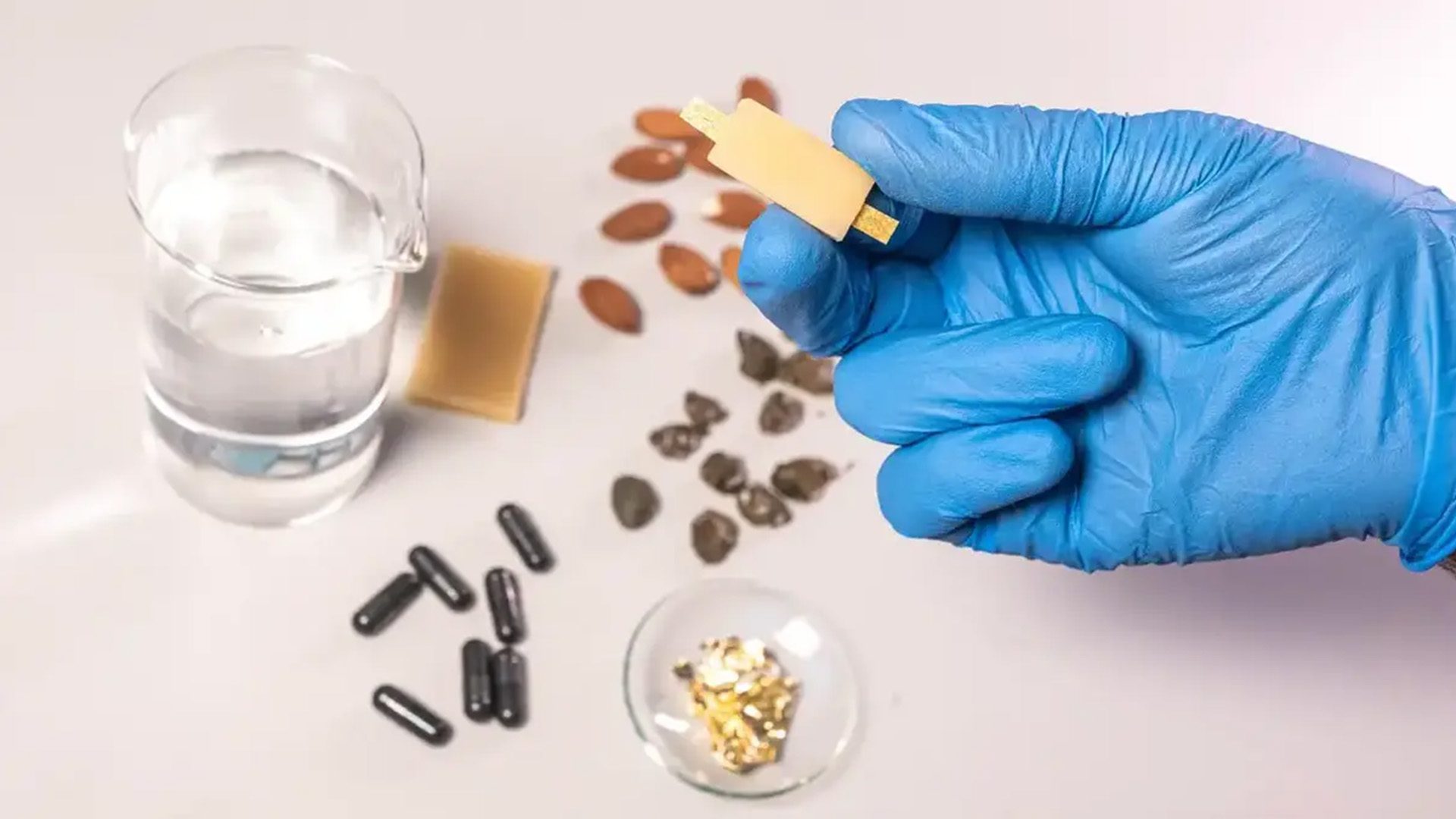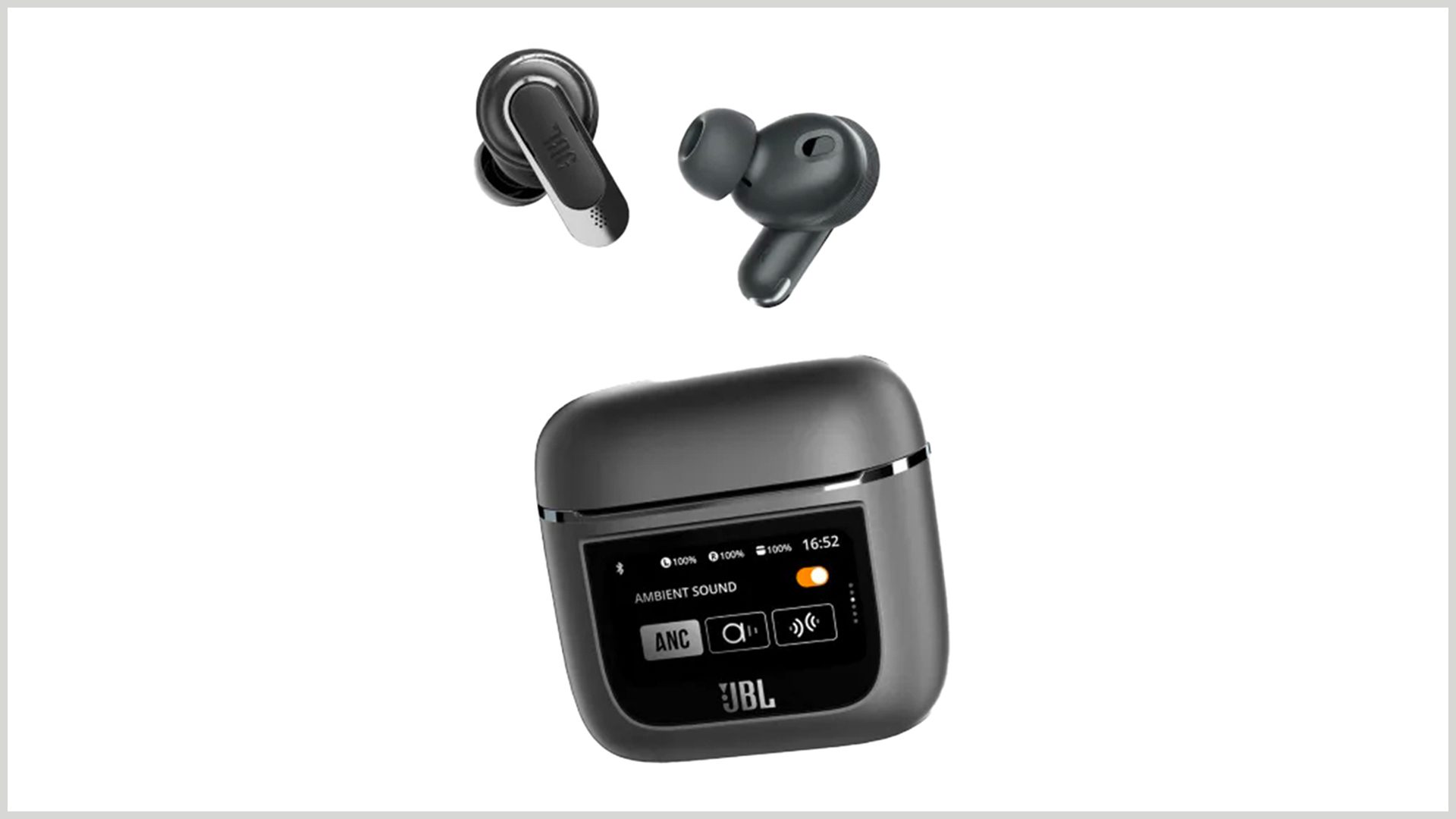A team of scientists at the Instituto Italiano di Tecnologia in Italy has created the world’s first completely edible and rechargeable battery. The innovative battery could be used to power edible electronics for health diagnostics, food quality monitoring, and edible soft robotics.
Edible Rechargeable Battery
The proof-of-concept battery cell study was published in a paper in the Advanced Materials journal in March. The research team took the basic components of a traditional battery and replaced them with materials commonly consumed in our daily diets. As Mario Caironi, a scientist who coordinated the project, explained, “The battery is made only from non-toxic and edible materials. All of its materials are either derived from food or considered food or food additives.”
Traditional batteries consist of two electrodes called the anode and cathode. The electrodes generate an electrical current, and a separator is often used to prevent the anode and cathode from touching. The battery electrolyte is a solution inside the battery that serves as a catalyst to make the battery conductive. In order to store these components, batteries usually have some kind of casing.
The edible battery utilizes riboflavin (also known as vitamin B2 which is naturally found in foods like spinach and almonds) as an anode and quercetin (a plant pigment found in many plants and foods like onions and broccoli) as a cathode. The electrolyte is water-based, and the separator is made from nori seaweed (used in sushi). Activated charcoal is used to increase electrical conductivity, and a 24-karat gold leaf (like the ones used to garnish cakes) is combined with the food additive ethyl cellulose to create the conductor. Finally, edible beeswax encapsulates the electrodes to conduct the final current.

The battery cell operates at 0.65 V, which is a voltage low enough to not create problems in the human body when ingestive. Additionally, it can provide a current of 48 μA for 12 minutes, which is enough to supply power to small electronic devices for a limited time. For now, the battery is a prototype developed in a lab environment. Caironi and his team are currently working on a proof of concept for an improved and smaller battery version before they can complete the other steps needed to take the battery out of the lab and into the market.
The potential applications for this battery are wide-ranging, from monitoring food storage conditions to analyzing health conditions. The batteries could also be used in children’s toys to enhance safety where there is a high risk of ingestion. Furthermore, edible batteries open up the field for further research. As Ivan Ilic, one of the study’s authors, adds, “While our edible batteries won’t power electric cars, they are proof that batteries can be made from safer materials than current Li-ion batteries…We believe they will inspire other scientists to build safer batteries for a truly sustainable future.”
Field of Edible Electronics
The growing field of edible electronics aims to produce digestible devices by only using food ingredients and additives to address the shortcomings of ingestible devices. Even though the field is still in its infancy, researchers have made several milestones. For example, one recent study developed an edible pH sensor, a radio frequency filter, and a microphone.
Edible electronics could have major implications for a variety of fields. In terms of biomedical and pharmaceutical applications, edible electronics could allow gastroscopies and colonoscopies to be replaced with pill-sized devices that contain cameras and PH sensors. For the food industry, they could provide real-time data about food quality by limiting cases of food poisoning and serving as indicators of spoilage and contaminants.






